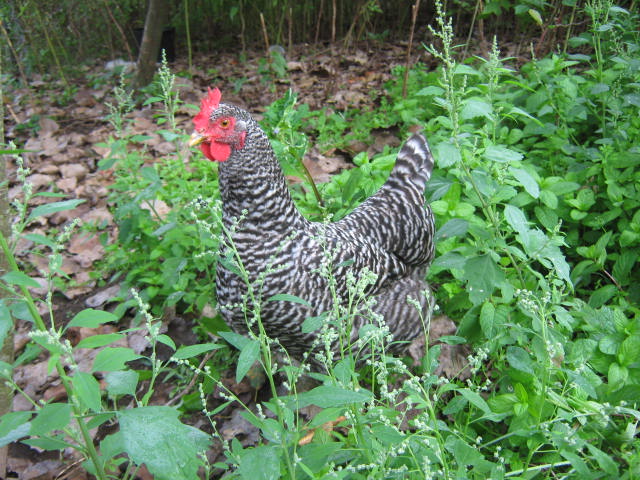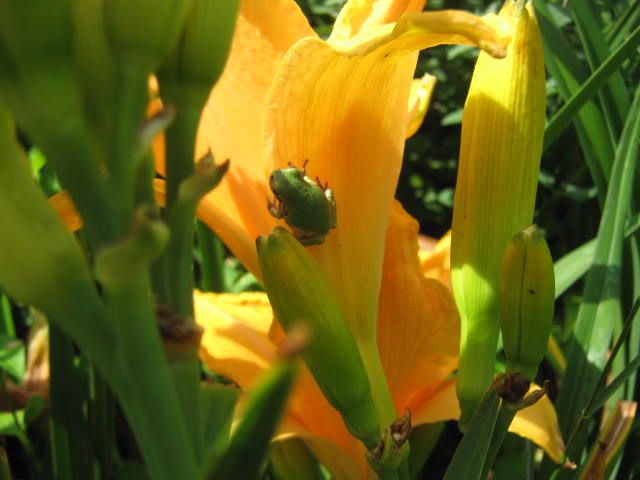Urban chickens are not making as much news as they were a few years ago but plenty of people still keep chickens in their backyard. Chickens, in a lot of cases, have become just another part of the garden.
Right now the fall wild bird migration is in full swing. It is not just song birds and waterfowl that fly south for the winter, hawks and other predatory birds are making their way south too. On some days, thousands of hawks will fly over certain areas during the migration.
That is causing big problems for some chicken owners, including me.
Last week while I was crouched down in the driveway working on my car, something compelled me to turn around. What I saw was a large hawk getting ready to latch onto one of my chickens.
I have about 75 hens in my flock and usually they are quite vigilant in spotting predators. At least one or two hens out of the 75 will spot a hawk and warn the others even if the hawk is quite a distance away. Even the blue jays will screech out a warning call to the rest of the birds in the area when they spot a predator.
This time however, a hawk was able to silently swoop down without anyone noticing. I’ve observed that hawks don’t usually bother my hens when there are people close by. The hawk didn’t see me until I stood up and turned around. I surprised it enough that it took off without a chicken and landed in a tree about a hundred yards away. By that time all 75 hens were making quite a ruckus.
That hawk never did come back to try again. I’m sure it looked for another meal as it continued flying south.
Don’t think that just because you are in a populated area that your hens are safe from hawks. I live in a rural area but have heard reports of chickens being attacked by hawks in suburban and even urban areas this fall.
Free range chickens are the most vulnerable because they often wander far away from cover that could protect them from attack. The best thing to do is keep your hens locked in a pen or chicken run covered with protective netting until the migration is over.
Keep in mind that hawks are protected by law. It is illegal to capture or kill them without a special permit.
Bob



